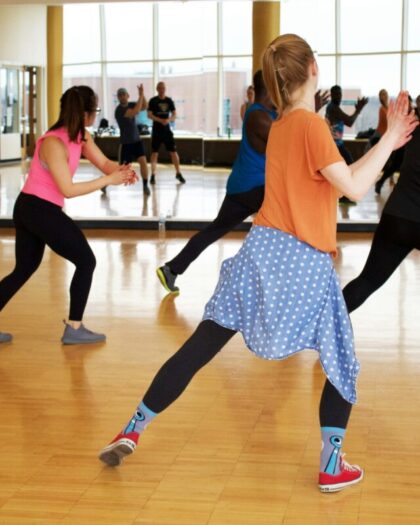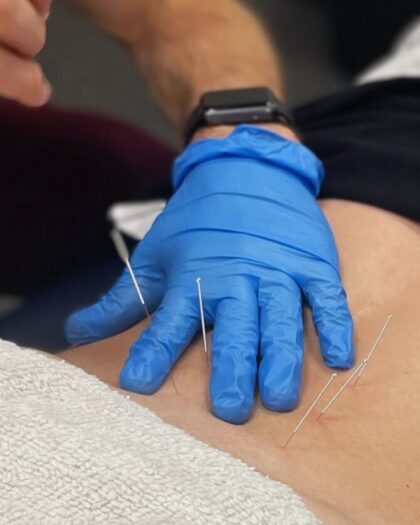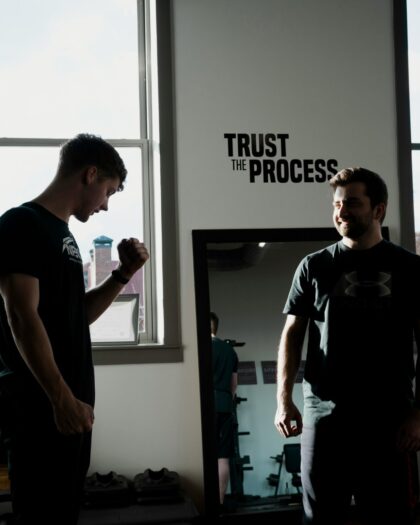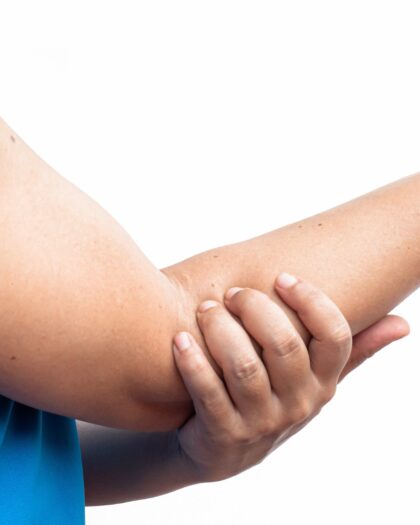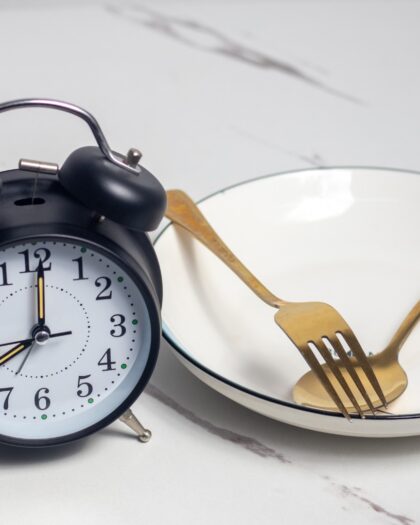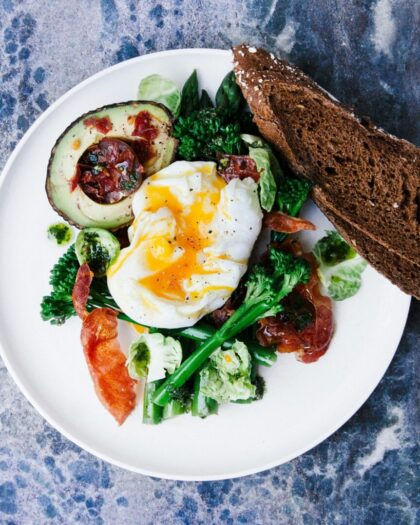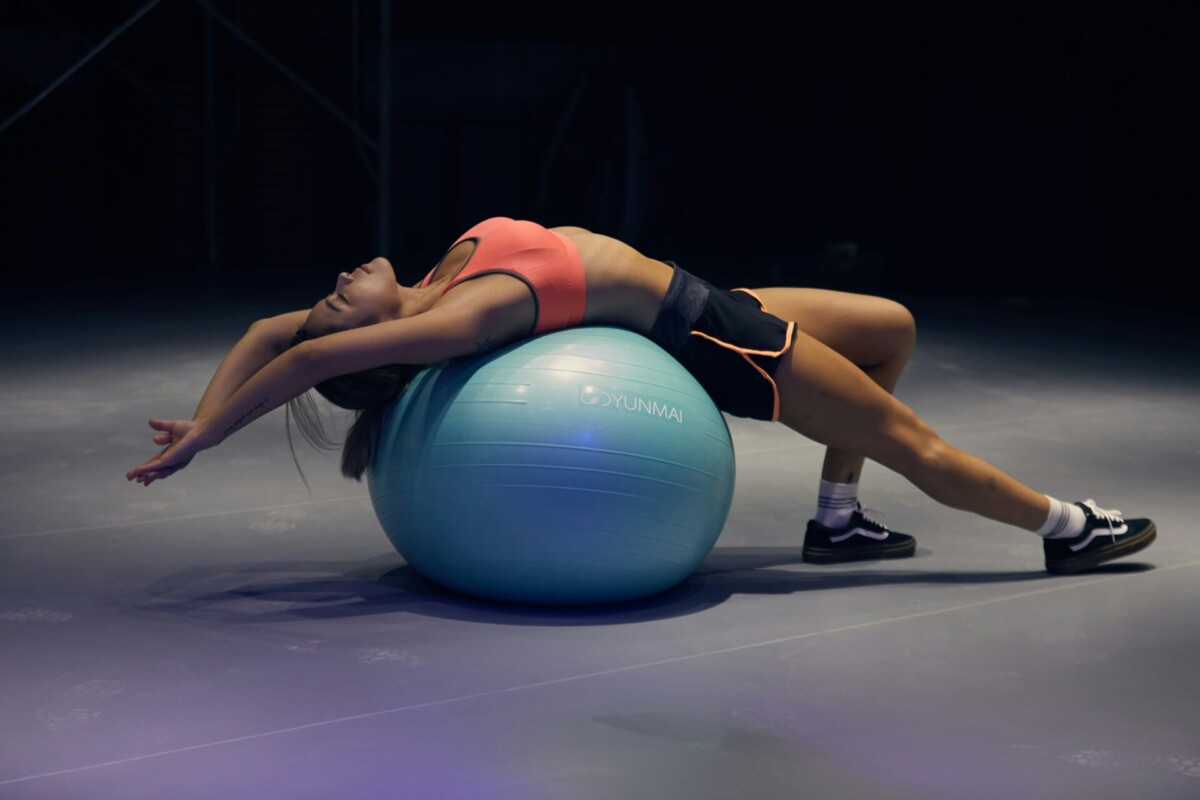
Pain has long been viewed as a straightforward signal of something being physically wrong within our bodies. Whether it's a bulging disc, a torn tendon, or deteriorating joints, the common belief is that pain signifies structural damage. However, advancements in Pain Science have challenged this notion, revealing that structural abnormalities often exist in individuals who experience no pain at all. This paradigm shift prompts us to explore pain through a broader lens—one that encompasses not just physical factors but also psychological and lifestyle elements.
Imagine pain as a cup. When our cups overflow, we experience pain. This analogy illustrates that pain is not solely determined by the state of our tissues but also by various factors that contribute to our overall well-being. Rather than focusing solely on reducing the "liquid" in our cups (pain symptoms), we can also work on increasing the cup's capacity, or in other words, enhancing our resilience to pain.
One effective way to build a bigger cup is through movement and physical activity. Contrary to the belief that pain signifies harm, engaging in appropriate exercises and movements can actually help desensitize our nervous systems to pain stimuli. Many times, pain manifests in areas that have been underutilized or neglected for extended periods. By gradually reintroducing movement and strength-building exercises to these areas, we can recalibrate our perception of pain and reduce its intensity.
A key aspect of this approach is re-framing our mindset towards pain. Instead of viewing pain as a debilitating force that restricts us, we can see it as a complex interplay of biological, psychological, and social factors. This shift allows us to take an active role in managing our pain, empowering us to make informed choices about our health.
In the realm of pain management, the emphasis is shifting from relying solely on medications, injections, or surgeries to using movement as a therapeutic tool. "Motion is lotion, rest is rust," encapsulates this philosophy perfectly. Movement not only lubricates our joints and muscles but also promotes healing, resilience, and overall well-being.
It's important to note that while movement can be a powerful ally in managing pain, it should be approached mindfully and under professional guidance, especially in cases of chronic or severe pain. Each person's experience of pain is unique, and individualized care plans that consider physical abilities, pain triggers, and psychological factors yield the best results.
By embracing the complexity of pain and harnessing the potential of movement as medicine, we can shift our focus from pain avoidance to pain resilience. Through education, empowerment, and a holistic approach to health, we pave the way for a future where individuals can live fuller, more active lives despite the challenges of pain.
Remember, our bodies are capable of remarkable adaptation and healing. By nurturing movement and adopting a positive mindset towards pain, we open doors to a brighter, more pain-free future.


